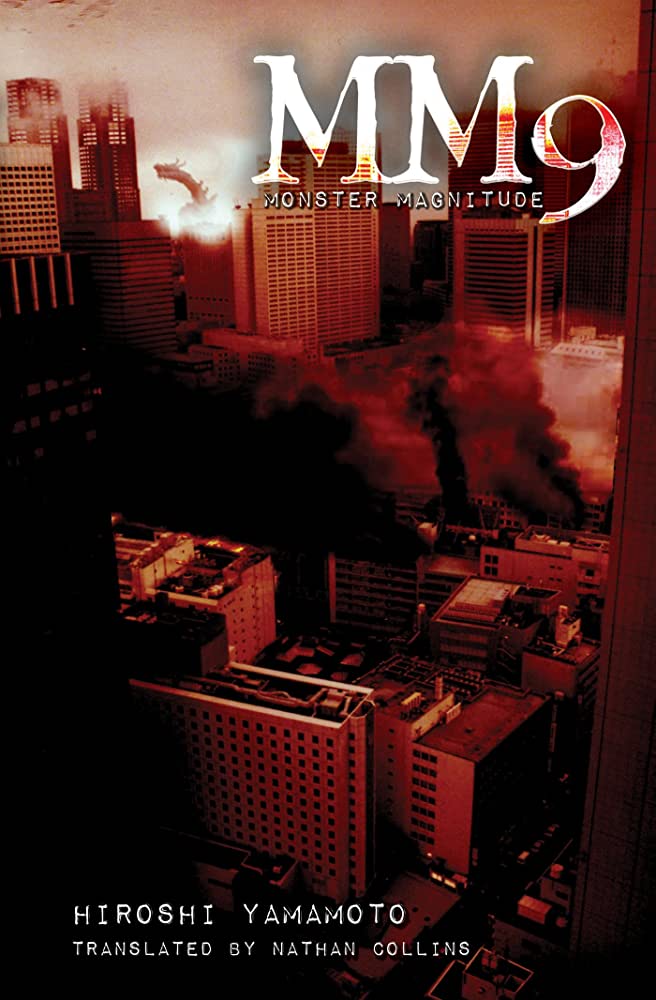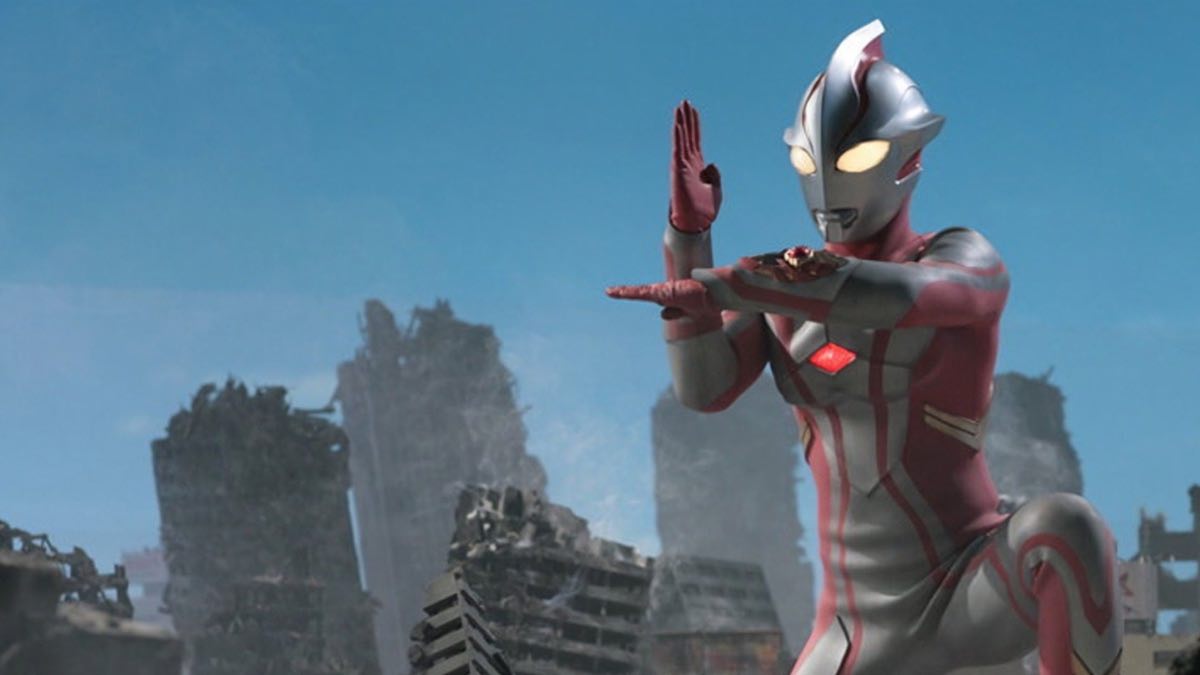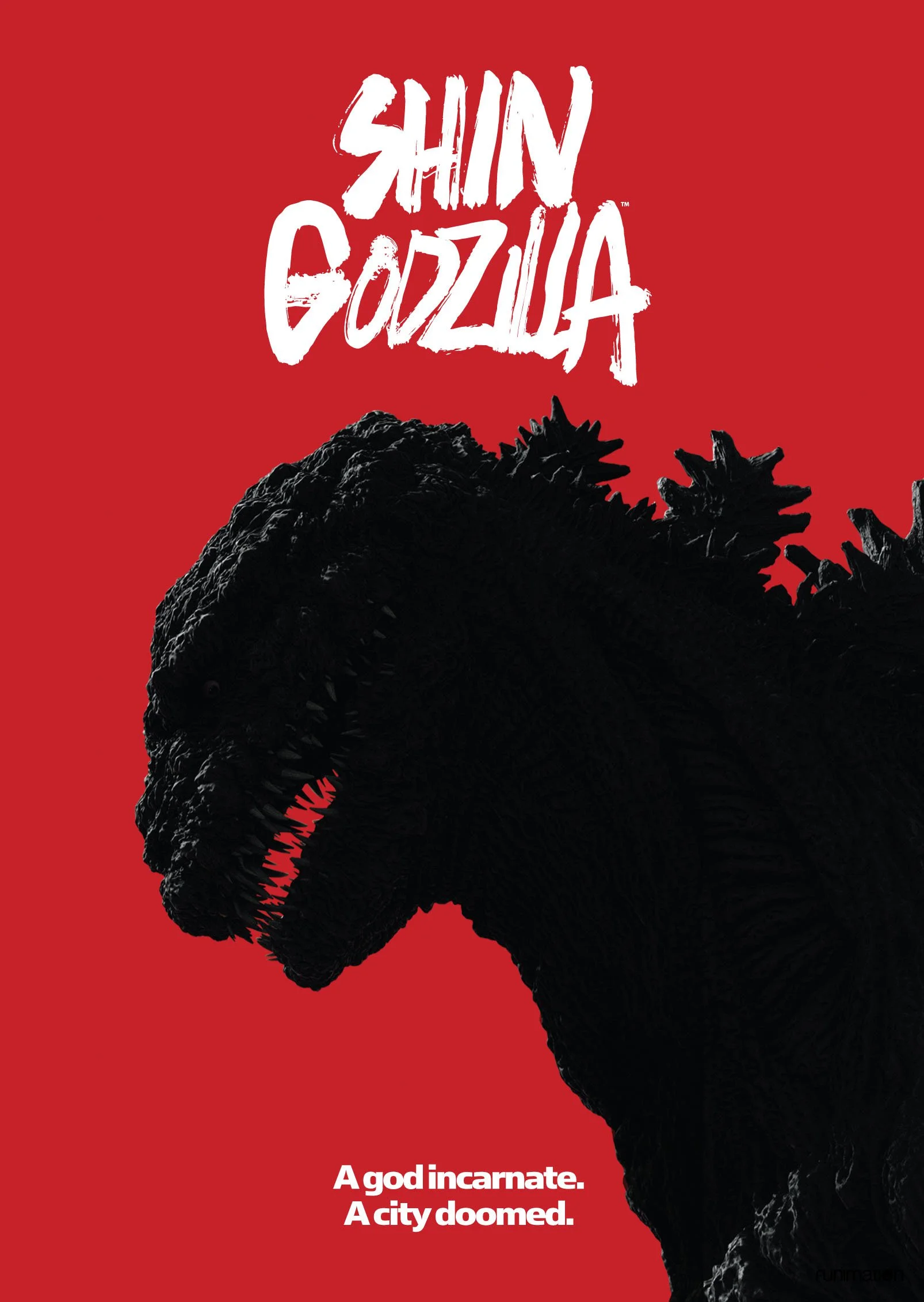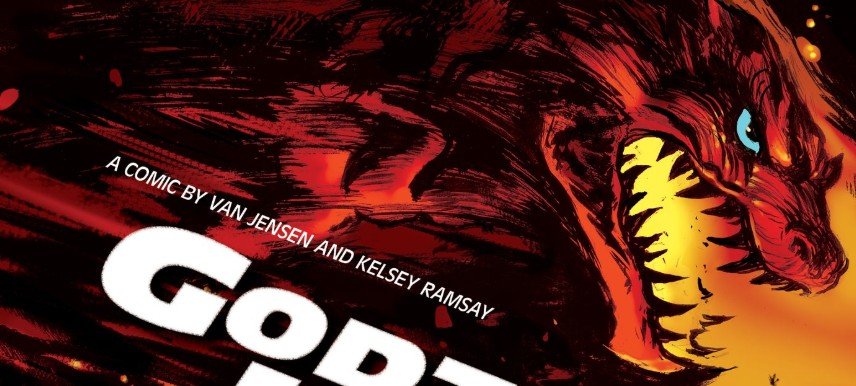Hiroshi Yamamoto
Translated by Nathan Collins
Paperback, 285 Pages
The existence of kaiju is commonplace and not always worthy of mass evacuations. In order to determine the severity of a kaiju sighting, the Monsterological Measures Department or MMD, has the task of analyzing and studying a kaiju to advise the best response. Rather than fight the beasts, they instead are the forecasters and face, and at times the scapegoat, of Japan’s anti-kaiju defense. The colorful and odd members of the MMD also assign kaiju a rating scale, MM1-MM9, with their size and potential for destruction increasing with the rating. As a series of seemingly unrelated kaiju cases comes to a head, a mythical kaiju may return to introduce the modern world to the first recorded MM9.
Author Hiroshi Yamamoto delivers a breezy and clever science fiction novel that pays homage to a number of international ‘monster’ films and fiction but keeps the focus on the heralded history of Japanese mythology and kaiju legacies. Perhaps the element that kaiju aficionados will most appreciate is the simple and clever way the book ties films like Empire of the Ants, Attack of the 50 Ft. Woman, and more homegrown fare like Godzilla and weaves them into the history of the world of the novel. Famous creatures like Nessie and Bigfoot also categorize as kaiju and while they do not make a physical appearance in the book, their mentioning adds richness to the world while tickling the cryotozoologist in all of us.
The characters are a varied but somewhat archetypal crew; fans of popular anime and such will identify these easily though a handful get a bit more to work with. While not necessarily inventive with his character creation, Yamamoto does a great job illustrating the MMD’s bureaucratic nightmares and very real necessity to the public. Thankless and underappreciated, they are quite sympathetic and easy protagonists to root for.
The variety of kaiju present is impressive and the methods for handling them are ingenious and creative. Yamamoto clearly has a strong affection for the genre with his slightly cartoonish take that nonetheless stays true to some of the most popular Japanese SF in recent years. Though the novel carries a lightness to it that may turn off those looking for a realistic disaster story, fans of kaiju and modern Japanese SF will find a lot to like in Yamamoto’s compelling and ‘over all too soon’ book.





